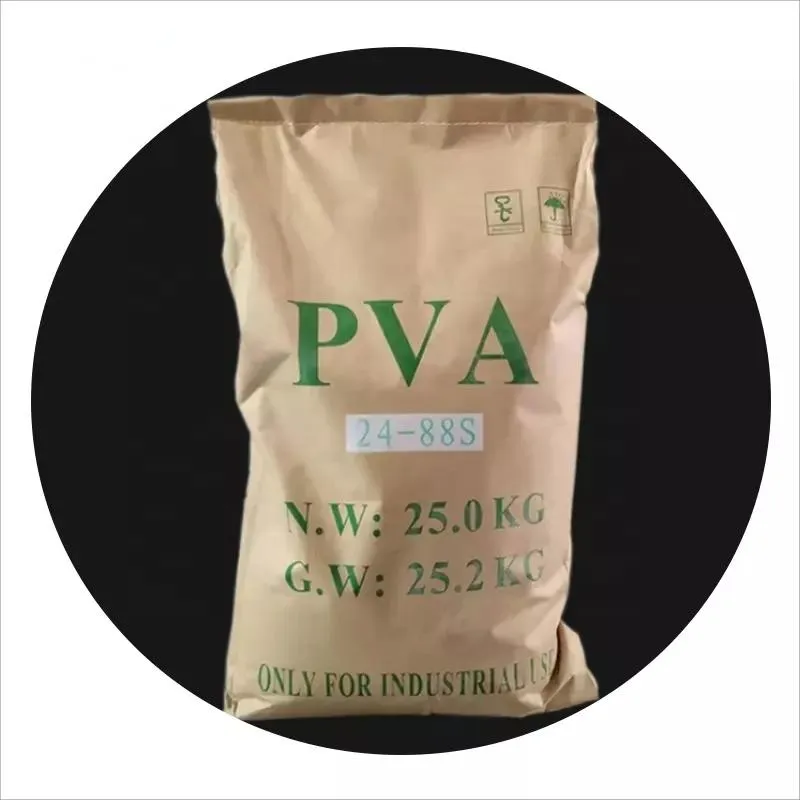Preparation of Polyvinyl Alcohol (PVA) Solutions
Polyvinyl Alcohol (PVA, sometimes referred to as PVOH) is a water soluble polymer used widely in adhesives, paints, sealants, coatings, textiles, plastics, etc. The polymer is normally supplied in powder form and several grades are available with varying viscosity and solubility characteristics.
This should not be confused with Polyvinyl Acetate, also known as PVA (sometimes PVAc) which is insoluble in water. PVAc emulsions are also used for adhesives, paints and various coatings but processing is somewhat different.
The Process
PVA is soluble in hot and cold water. A solution would typically be prepared as follows:
- The powder is slowly added to the cold water to avoid formation of lumps, as it becomes sticky and the tendency to form lumps increases as temperature rises. In some cases water at lower than ambient temperature may be used to reduce this risk.
- Once the powder is fully dispersed the mix is heated to the temperature at which the polymer becomes solubilized (ranging from 194ºF to 208ºF - this depends on the grade of PVA used).
- Mixing continues at this temperature until the PVA is fully solubilized. Depending on the grade of material and efficiency of the agitation system this can take some time to achieve.
High Purity 99% pva industrial grade polymer powder polyvinyl alcohol pva good price pva 1788 2488 powder
The Problem
Using conventional mixers and agitators, a number of problems can be encountered during production:
- Incorporation and dispersion of the powder becomes increasingly difficult as the viscosity starts to rise.
- Lumps cannot be readily broken down by agitation and long mixing times are required to complete solubilization.
- The vigorous agitation required to wet out the powder can lead to aeration problems.
- Inefficient agitation takes longer to achieve solubilization at temperature. A degree of shear is required to accelerate the process.
- The heating stage of the process adds to costs and process time.
The Advantages
- Dispersing the PVA into hot water eliminates the heating stage, dramatically reducing process time.
- Rapid dispersion of powder eliminates operator error.
- Powder is fully dispersed before viscosity build-up commences.
- Any agglomerates are broken down by intense high shear mixing, resulting in accelerated solubilization and better batch consistency.
Typically PVA solutions are prepared in bulk. In-Line mixers are commonly used for very large volumes. In-tank mixers are also used depending on batch size, viscosity of end product, etc.
-
Premium Detergent Grade HPMC Hydroxypropyl Methylcellulose: Superior Thickening & StabilityNewsAug.31,2025
-
HEC 100000 Hydroxyethylcellulose for Paint | Superior ThickeningNewsAug.30,2025
-
Wall Putty Rdp Powder Packaging DesignNewsAug.29,2025
-
Introduction to Hpmc Hydroxypropyl Methyl CellulosNewsAug.29,2025
-
Hpmc Industri Grade IntegrationNewsAug.29,2025
-
How to Choose the Right Construction AdhesiveNewsAug.29,2025






